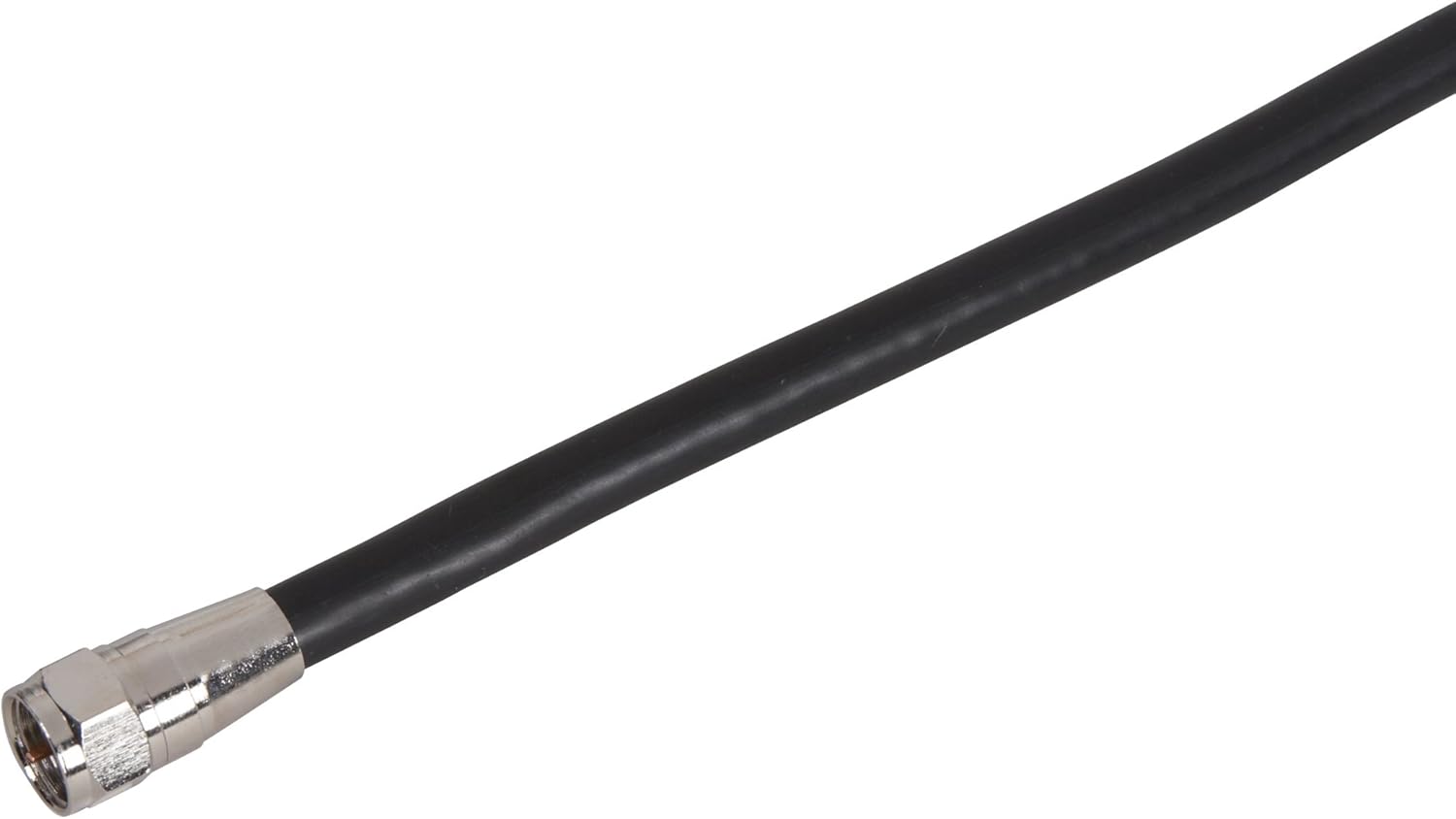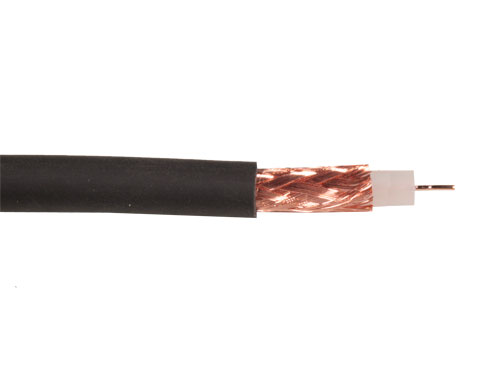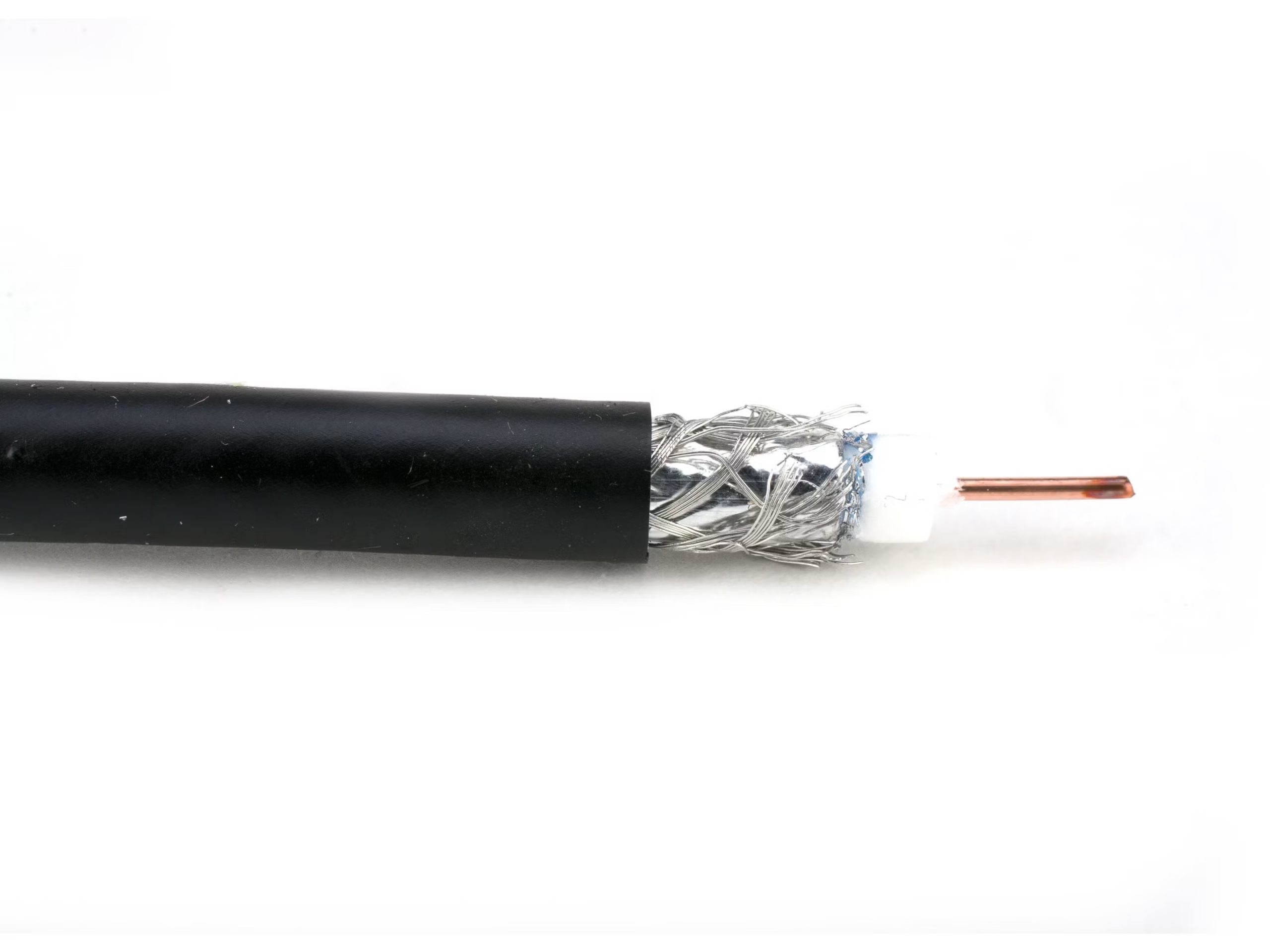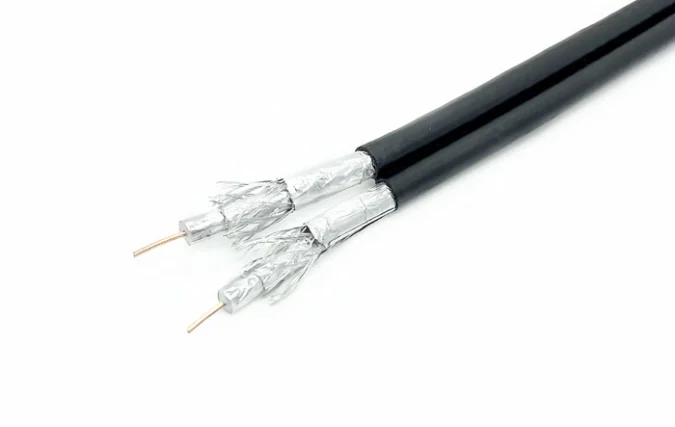The Ultimate Guide to Coaxial Cables: Types, Uses, Installation & Troubleshooting
Coaxial cables are one of the most reliable and widely used types of cables in modern communication systems. From television and internet connections to CCTV and industrial use, coaxial cables play a key role in ensuring strong signal quality. In Dubai’s fast-growing tech environment, these cables are still trusted for both residential and commercial use.
This blog gives you a complete and easy-to-understand guide to coaxial cables, including their types, uses, installation tips and how to troubleshoot common problems. Whether you are setting up a new CCTV system, upgrading your internet connection, or managing a technical project, this guide will help you choose and use coaxial cables with confidence.
What Are Coaxial Cables?
Coaxial cables (often called coax cables) are a type of electrical cable that transmits signals over long distances with minimal loss. They have a unique structure that includes:
Key Features:
- Inner Conductor: Usually made of copper, this carries the signal.
- Dielectric Insulator: Surrounds the conductor and keeps signals clear.
- Shielding Layer: Protects the signal from outside interference.
- Outer Jacket: A durable cover that protects the cable physically.
This design helps coaxial cables maintain signal quality, which in turn makes them useful for high-frequency transmissions like TV signals, internet and CCTV.
Types of Coaxial Cables
There are different types of coaxial cables used depending on the application. Below are the most common types found in Dubai and globally:
1. RG6
- Use: Television, satellite TV and internet.
- Features: Thicker conductor and better shielding.
- Common in: Homes, apartments and offices.


2. RG59
- Use: CCTV and short-distance video applications.
- Features: Thinner than RG6, less shielding.
- Common in: Surveillance systems and small-scale video networks.
3. RG11
- Use: Long-distance internet and cable TV.
- Features: Lower signal loss over long distances.
- Common in: Commercial buildings and larger properties.


4. Tri-Shield or Quad-Shield Cables
- Use: Areas with high signal interference.
- Features: Extra shielding for added protection.
- Common in: Industrial zones and crowded urban areas.
Common Uses of Coaxial Cables in the UAE
Dubai is a city known for its advanced infrastructure, and coaxial cables are still used across various sectors.
Home and Residential Use
- TV signal transmission
- Internet via cable modems
- Satellite dish connection
Commercial and Industrial Use
- CCTV and security camera installations
- Communication in factories or warehouses
- High-frequency data transfer
Government and Public Facilities
- Broadcasting systems
- Traffic monitoring and surveillance
- Internal communication lines
Why Coaxial Cables Are Still Relevant in 2025
Even with the rise of fiber optics, coaxial cables continue to be useful for many reasons:
- Cost-effective: More affordable than fiber for short distances.
- Easy to install: Requires less training and equipment.
- Reliable: Strong performance for video and data applications.
- Durable: Withstands wear and tear, especially in indoor environments.
How to Install Coaxial Cables
Proper installation is key to ensuring good signal quality and long-term performance. Here’s a simple guide for installation:
Step 1: Plan the Route
- Measure the distance and identify walls, ceilings or ducts.
- Avoid areas with heavy electrical wiring to reduce interference.
Step 2: Choose the Right Type
- Use RG6 for TV and internet.
- Use RG59 for CCTV.
- Use RG11 for long-distance applications.
Step 3: Cut and Strip the Cable
- Use a coaxial cable stripper to remove the outer jacket and expose the shielding and conductor.
- Be careful not to damage the inner copper wire.
Step 4: Attach the Connector
- Crimp an F-type connector using a coaxial crimping tool.
- Make sure the connection is firm and the cable fits properly.
Step 5: Test the Connection
- Use a signal tester or plug into your device to ensure the signal is working.
- Secure the cable in place with clips or cable ties.
Troubleshooting Coaxial Cable Issues
Sometimes, even after a proper installation, you may face signal issues. Here are some common problems and how to fix them.
1. Weak or No Signal
- Possible cause: Loose connector or damaged cable.
- Solution: Check connectors, tighten them or replace the cable.
2. Interference or Static
- Possible cause: Running cable near electrical lines.
- Solution: Re-route the cable away from electrical devices.
3. Signal Loss Over Distance
- Possible cause: Using the wrong type (e.g., RG59 instead of RG6).
- Solution: Upgrade to RG6 or RG11 for better signal range.
4. Broken Connectors
- Possible cause: Poor installation or physical damage.
- Solution: Replace with a high-quality connector and secure it properly.
Tips for Maintaining Coaxial Cables
To ensure your coaxial cables last longer and perform well, follow these simple tips:
- Avoid Bending: Sharp bends can damage the internal layers.
- Label the Cables: For easy troubleshooting later.
- Keep Away from Heat and Moisture: Use waterproof or heat-resistant cables if needed.
- Inspect Regularly: Especially for CCTV and network systems.
When to Replace Your Coaxial Cables
While coaxial cables are durable, they don’t last forever. Here are signs that it’s time for a replacement:
- Cracks or visible damage on the outer jacket
- Signal drops or frequent interruptions
- Rusted or loose connectors
- The cable is over 10 years old and exposed to harsh conditions
Upgrading your coaxial cables can boost signal quality and prevent future issues, especially in sensitive systems like CCTV or broadband.
Conclusion
To sum up, coaxial cables remain an important part of modern connectivity, especially in environments where cost-effectiveness, simplicity and reliability are key. From homes and offices to industrial sites and public facilities, they help power TV, internet, CCTV and more across the UAE.
This guide covered the types, uses, installation and troubleshooting tips for coaxial cables in a simple way that’s easy to understand. As Dubai continues to grow, having dependable and well-installed cabling is more important than ever.
If you are looking for high-quality coaxial cables and expert installation services in Dubai, CableZone Technology is your trusted local provider. With years of experience and a commitment to excellent service, we offer the best solutions to meet your cable needs, no matter the size or scope of your project. To explore your options or request assistance, contact our team today.
Quick Links
What we offer
- Commercially competitive prices
- Reliable & consistent quality
- Reliable & timely delivery
- A targeted stocking policy
- Technical support for Projects
Contact
- Shop No. S61 Ahmed Mohammed Baghlaf, Naif, Deira, Dubai, UAE
- +971 55 418 5686
- +971 4 558 4670
- cablezonetech@gmail.com
- sales@cablezonetechnology.com
Copyright © 2025 Cable Zone | All Rights Reserved. Powered by DEDOTE
